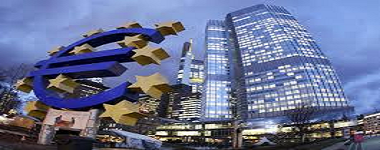Last week in global monetary policy, Armenia’s central bank cut its policy rate while four other banks maintained rates as it became clear that it is no longer a question of whether the European Central Bank (ECB) will ease policy, but just what tools it will decide to use.

The ECB council has already twice discussed how to respond to powerful disinflationary forces and will be armed with the latest forecasts on June 5 when the final decision is taken. ECB President Mario Draghi began preparing financial markets and investors for easier policy on April 3 when the council for the first time “had a very rich and ample discussion” of unconventional measures along with rate cuts.
The council continued its discussion during its May 8 meeting when Draghi took another step toward preparing markets for a move when he said the ECB council “is comfortable with acting next time,” but still wanted to wait for the latest quarterly forecasts.
Since then the economic outlook for the euro zone has weakened and although inflation rose slightly in April, it remains far below the ECB’s objective of just under 2 percent, providing Draghi with fresh ammunition.
Inflation in the 18-nation euro zone in April was 0.7 percent, stuck below 1.0 percent since October, and the economy expanded by only 0.2 percent in the first quarter of 2014 from the previous quarter, about half the pace economists expected.
In its forecast from March, the ECB already trimmed its 2014 inflation forecast to 1.0 percent and even by 2016 inflation is only expected to rise to 1.5 percent, still below the ECB target. The forecast for 2014 economic growth was revised upwards to 1.2 percent but the weak first quarter may not put that into question. The drumbeat of speculation over the ECB’s expected response to recent data and new forecasts culminated on Wednesday.
A report from the Reuters news agency said ECB staff has prepared a package of options for the June council meeting, including cuts in all interest rates and measures aimed at boosting lending to small and medium-sized firms, the backbone of the euro zone’s troubled economy.

